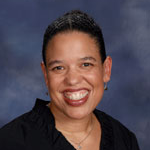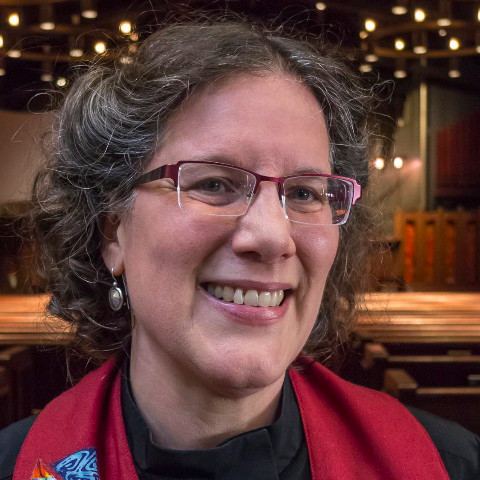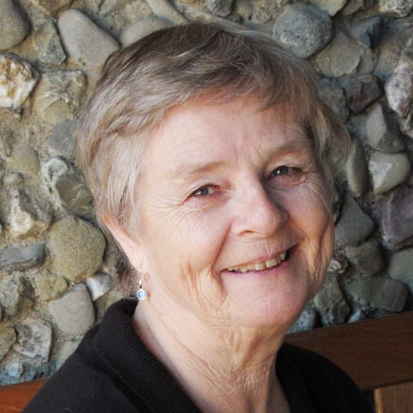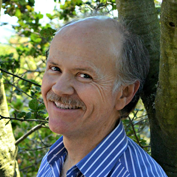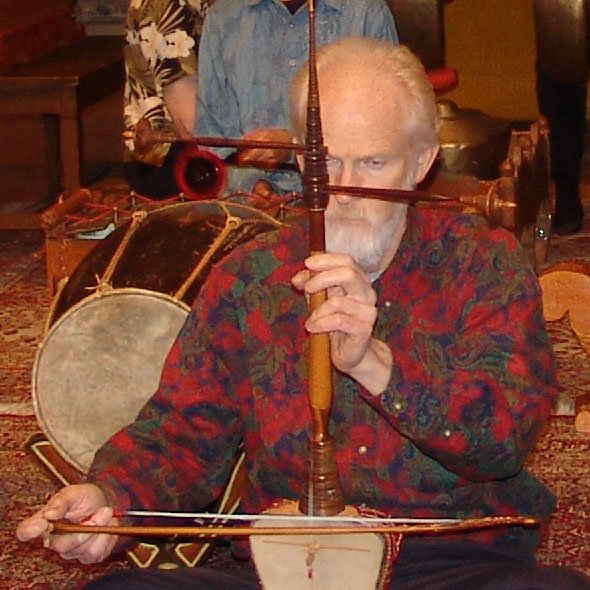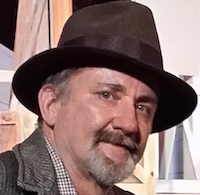Rev. Thomas Starr King
It is quite possible that Thomas Starr King, second minister of the First Unitarian Church of San Francisco, 1860 – 1864, and Western Unitarians’ great hero, looked across the Bay and envisioned a large and influential Unitarian church standing there beside a magnificent institution of higher learning. After all, in addition to being the state’s outstanding spiritual force in the early 1860’s, Starr King was an apostle of education. He had been the principal speaker at the dedication of San Francisco’s first high school, and was a director of the College of California, forerunner of the University of California.
He is most revered, of course, as the great speaker-citizen who, addressing many, many audiences throughout the state, did more than anyone else to keep California in the Union and free of slavery. His statue, one of two representing California in the National Capitol, commemorates this achievement. At the same time, he spearheaded, here in California, the raising of funds for the Unitarian-conceived U.S. Sanitary Commission, which became today’s Red Cross, and more money was raised for it in this new state than in all the other states combined.
Rev. Charles William Wendte
If Starr King didn’t envision this church, he at least inspired the man who did: Charles William Wendte, a young man in Starr King’s congregation. Twenty years later, Wendte, aided by Dr. Horatio Stebbins, successor to Starr King in the San Francisco pulpit, advocated the establishment of the First Unitarian Church of Berkeley, along with a seminary in Berkeley, at the September 1890 meeting of the Pacific Unitarian Conference. Their proposal was accepted unanimously and enthusiastically and they proceeded forthwith.
Heretofore due credit has not been given to Wendte for his part in the establishment of the Berkeley church. In 1864, though well along the way to a promising business career in San Francisco, he decided to go back East for the best ministerial training he could get, plus some good experience, and then came back to the West Coast to promote the opportunities for Unitarianism that he felt were here.
He did precisely this, coming back in 1886 as Western States Superintendent for the American Unitarian Association. In the following six years, he established twelve new churches in his territory. The most notable of these was the First Unitarian Church of Oakland, where, as part-time minister, he built up a congregation of more than 500 and personally raised most of the $86,000 needed to erect the imposing Oakland church, now a state landmark.
At the same time, this human dynamo made the Oakland church the cultural center of the East Bay, with a large auditorium (seating for 600) and a non-sectarian literary-philosophical club and library. Numerous notables from the East, Unitarian and otherwise, addressed this forum.
Wendte used the then-new university extension courses of both UC and Stanford on a grand scale, inviting a half-dozen professors from each school to come to lecture to his large audiences. For example, President David Starr Jordan of Stanford gave six lectures on evolution, then very controversial.
The success and prestige of Wendte’s Oakland church had to be a factor in the planning for a Berkeley church. It gave the Berkeley Unitarians confidence and later, as the University took over the cultural leadership of the East Bay, the Berkeley church steadily took over the East Bay’s Unitarian leadership.
During his six years in his East Bay headquarters, Wendte spent substantial amounts of time in Berkeley and at the University of California. He was invited to join the Berkeley Literary Club, the town’s most prestigious cultural society of business, professional and university people (membership limited to 30). For a year, he taught classes for the University’s History Department, after a professor abruptly resigned. Unitarians were especially close to the University in those days.
In September 1890, before the Berkeley church was in existence, Wendte founded the Berkeley Unitarian Club of California, “after a similar institution in Boston and after conferences with UC President Davis, Stebbins and Charles A. Maddock.” It was limited to 200 members, “had a long and auspicious career, was a rallying place not only for Unitarian lay [people], but for large-minded and liberal men of various denominations and eventually led to the Unitarian Laymen’s League.” A similar organization he founded in San Francisco is the ancestor of that city’s prestigious Commonwealth Club.
UC President Davis (1888-1890), a prominent San Francisco businessman and political leader, was a long-time friend of Wendte; as young men they were members of Starr King’s church. Together they worked out the plans for the University’s seminary, described later. UC’s first president, Henry Durant, was a Unitarian and the University’s policy on religion could well have been written by its Unitarians. As Wendte describes it, “The University maintained toward religion a reverential and friendly attitude, while declining to identify itself with any church of doctrine. There were Unitarians and Israelites, as well as orthodox Protestants and Roman Catholics on its Board of Regents and on its faculties.”
Thus, when plans for establishing a Unitarian church in Berkeley were under discussion, Wendte was very helpful in recruiting leaders for it and lists of potential members. In December 1890, he recruited a successor, with AUA approval, for the Western States Superintendent, Rev. Thomas Van Ness, and Wendte coached and assisted him in the formation of the Berkeley church.
Before he resigned from the Oakland church and went back East for a much needed one-year rest, Wendte could point to three Unitarian churches in the East Bay, largely due to his leadership – Oakland, Alameda and Berkeley. For a total population of 50,000, this was a record for Unitarianism, which may still stand.
One reason why Unitarianism flourished here before and after the turn of the century: it was the only religion that could fully accept the greatly expanding findings of science of the times. Many religions still cannot do so.
Dr. Horatio Stebbins
Dr. Horatio Stebbins, a deliberate, competent, solid citizen, contributed much to the decision to form a Berkeley church. He was a Regent of the University of California from its inception in 1868 to 1894 and, thanks to his prestige as a prominent citizen, added much to the acceptance of Unitarianism in the East Bay.
Together Stebbins and Wendte must have provided the new Berkeley congregation with the ready-to-use constitution it had at its first meeting. Stebbins also persuaded them to accept sixteen-year-olds (“of good report”) as members and to adopt the name First Unitarian Church of Berkeley instead of First Unitarian Society of Berkeley. There was much behind Stebbins’ urging “church” in preference to “society.” One of the efforts of the Socialist political party of the time was to try to make Unitarian churches ethics-only societies, and to identify them with the Party. There was also a threatening schism developing within Unitarianism. Beginning in 1867, among Midwestern churches particularly, there were many who wanted to make all Unitarian churches ethics-only societies, whereas almost all East Coast and West Coast churches wanted to continue emphasizing ethics along with essentially religious, non-Trinitarian Christianity.
This schism was resolved in 1892, with the understanding that each church could be as ethics-oriented or as religiously-oriented as it wished and still be in the American Unitarian Association. Over the years, the relative importance of these two philosophies and others varied in the First Unitarian Church of Berkeley.






